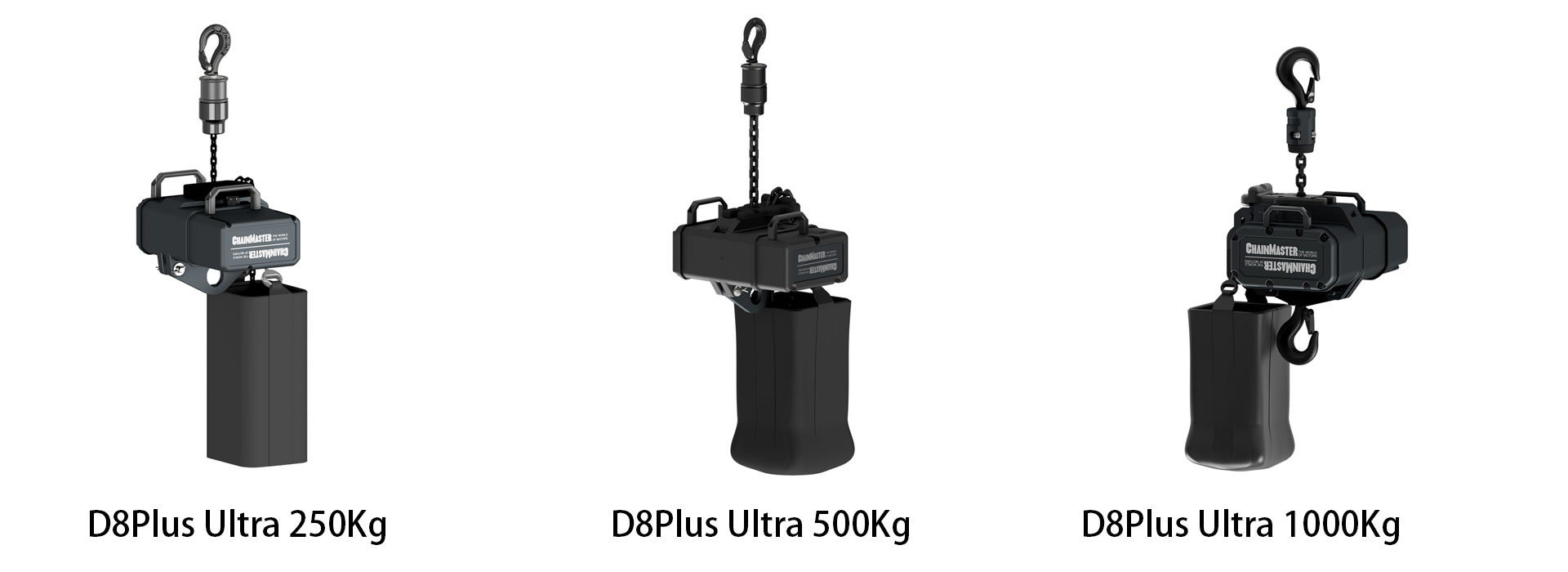CHAINMASTER’s Adam Beaumont on Hoist Safety
As published in CX Magazine – December Issue
Adam Beaumont, Global Head of Sales and Business Development at German hoist specialist CHAINMASTER, was on the road with ENTECH Road Show late last year, talking about safe rigging practices. Speaking to a keen crowd in each of his presentations in the tour’s five cities, Adam spread the knowledge while dispelling myths.
“It’s been really interesting coming to Australia from the UK and doing this presentation,” says Adam. “The response has been positive, as have the discussions after the presentation, because people are really interested in improving the levels of safety in their work.”
One of the focuses of Adam’s presentation is the difference between a D8 and a D8 Plus chain hoist, and where the standard came from. “There’s a lot of confusion about what you can and can’t do with a hoist,” continues Adam. “People can get confused about D8 and D8 Plus, which are a German code of practice. They are not new standards; I’m clarifying their meaning. They are quality standards with two levels of built-in safety in the hoist.”
The main difference is that a D8 hoist is not designed to suspend loads above people. It can be used for this, but only with the addition of secondary safety device (secondary tether) being deployed alongside the hoist. A D8 Plus hoist is designed with higher safety factors in the chain and any load bearing component along with double brakes. This allows the user to suspend loads above people without the need for that secondary safety device.
“If you select a D8 Plus hoist and don’t have to put in a secondary safety, it reduces the risk of installation,” explains Adam. “You don’t send anybody up to access the equipment, you don’t have to send a rigger climbing to put the safety on, and there’s no ensuring the safety device is the right piece of equipment or correctly fitted. It just gets rid of all the risk associated with secondary devices.”
CHAINMASTER has had input into a document known as SQP2:2018 Code of Practice, published by IGVW (an EU organisation, based in Germany). Even though SQP2:2018 is a German code of practice, it is recognised across the world as a point of reference when it comes to chain hoist safety in the event industry.
“It all comes down to the risk assessment for each specific project,” offers Adam. “If you’ve correctly assessed your project, you can select the right equipment for the job. The user, owner, and rigger have a responsibility to ensure what they are doing is as safe as possible based on that risk assessment. Once they’ve done the risk assessment they can reference the different resources, such as SQP2 and make their rigging practice as safe as possible.”
CHAINMASTER have had a long presence in the Australian and New Zealand market with ULA Group as their exclusive distribution and service partner. Their three bestsellers are their 250, 500 and 1000 kg D8 Plus hoists, all designed to be as small and lightweight as possible without compromising on safety and engineering.
“It sounds like a cliché, but it’s handmade German engineering,” states Adam. “All load bearing components in our hoists are manufactured and assembled in our factory in Germany; all the gearbox parts, lift wheels, shafts and pinions. We take the raw steel, machine that down into components, and assemble every product in our own facility.”
This level of control over their supply chain enables CHAINMASTER to administer quality and safety on a granular level. “Every part we manufacture has a unique ID code,” outlines Adam. “If you give us that code from a gear wheel in a hoist made four years ago, we can tell you what batch of steel it was made from, on what date, on which machine, by which operator, it’s all about traceability and safety. When we buy steel, we take samples and test it in-house to make sure that it’s the grade of steel it says it is. When you’re talking about hanging loads above people, it’s all about safety and there can be no compromise there.”





